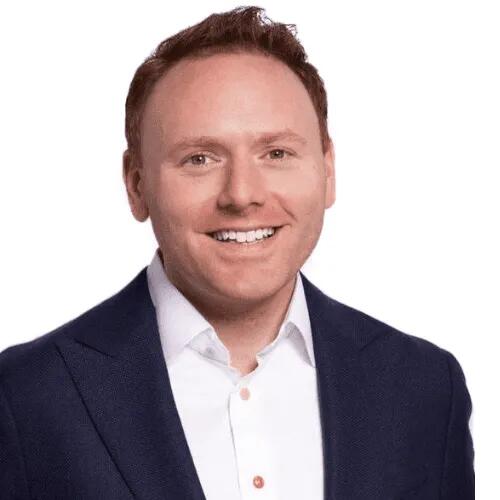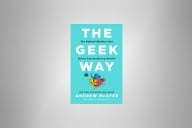You have /5 articles left.
Sign up for a free account or log in.
Andrew Hermalyn has an expansive higher ed network. He spent 17 years at 2U, working his way up from the first intern to the top job leading the company’s partnerships and degree business. For his next act after leaving 2U earlier this year, Andrew is the chairman and CEO of the Association of College and University Educators, as well as an operating partner at Leeds Equity Partners.
I’ve known Andrew for almost all his 17 years at 2U, and I was excited to learn about his new roles. Andrew graciously agreed to answer my questions about ACUE and Leeds Equity Partners, his new dual role in these organizations and what he learned from his tenure at 2U about higher education.

Q: Tell us about ACUE and Leeds Equity Partners. What is the relationship between these two organizations and your leadership work with universities at 2U?
A: ACUE is the leading provider of faculty development programs designed to improve teaching and learning effectiveness and has supported faculty from more than 560 colleges and universities. ACUE awards the only nationally recognized certification in college instruction with measurable success in improving student learning, mindsets, retention and completion.
ACUE was founded 10 years ago, and Jeffrey Leeds was one of several initial investors. The American Council on Education is also an investor.
Recall that most student success interventions are outside of class—think advising—or about access and affordability. But none were getting to the heart of the matter: quality teaching in the classroom driving better learning. Add the fact that most professors don’t get comprehensive training in best teaching methods. Those two insights suggested a great opportunity to make a huge impact through a mission-driven business.
As for Leeds Equity, it’s been investing exclusively in the knowledge industries for 30 years. ACUE is connected to it through Jeffrey in his personal capacity, but we’re not a portfolio company. In some ways, it’s the best of both worlds. ACUE benefits from Jeffrey’s insights and unwavering support as well as the patience needed for a transformative idea to take hold.
I am very excited and energized to bring ACUE’s impact to many more campuses. With all the things that higher ed is being told to stop doing, the timing is perfect to really focus on faculty and the quality of a college education.
Q: So you not only got one new big leadership job, but two. How will your work at ACUE and Leeds Equity Partners complement each other? What was your thinking about taking on both new challenges simultaneously?
A: I joined these two organizations because of their shared commitment to knowledge, learning and driving positive societal impact—values that deeply resonate with me. Both are dedicated to empowering people through learning and innovation. I see incredible opportunities for my work in each to complement and strengthen the other.
Q: In your long tenure at 2U, you worked closely with a broad array of universities to develop their online program strategies and portfolios. Stepping back and thinking about your years at 2U, what observations do you have about where universities might innovate to advance their missions while focusing on financial resiliency? What opportunities and risks do you see for colleges and universities in the years ahead?
A: Innovation is usually thought of as ed tech. But in all my years, I’d always say, “The tech is only as good as the people that use it.” It’s the human dimension that matters most, and the public is paying attention. So right now, institutions need to invest in their people. To have the best professors in the world—not just as researchers but perhaps even more importantly as teachers, too.
When you think of higher ed’s history, prioritizing excellent instruction is a pretty innovative, disruptive idea—in the best sense. Plus, it’s a growth strategy. Great teaching drives higher retention. With completion rates still hovering around 50 percent, we need to keep every student we enroll.








